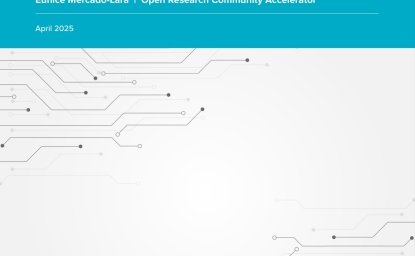Environmental scientists and synthetic biologists have for the first time developed a set of key research areas to study the potential ecological impacts of synthetic biology, a field that could push beyond incremental changes to create organisms that transcend common evolutionary pathways.
The Synthetic Biology Project at the Wilson Center and the Program on Emerging Technologies at the Massachusetts Institute of Technology convened the interdisciplinary group of scientists and are releasing the report, Creating a Research Agenda for the Ecological Implications of Synthetic Biology. The work was funded by a grant from the National Science Foundation (NSF).
“We hope this report raises awareness about the lack of research into these ecological issues,” says Dr. James Collins, Ullman Professor of Natural History and the Environment at Arizona State University and former Director of the Population Biology and Physiological Ecology Program and Assistant Director of Biological Sciences at NSF. “We involved experts in the ecological research and synthetic biology communities to help identify priority research areas – and we believe the report can be a roadmap to guide the necessary work. The rapid pace of research and commercialization in the field of synthetic biology makes it important to begin this work now.”
The report prioritizes key research areas for government agencies, academia and industry to fund. Research areas include species for comparative research; phenotypic characterization; fitness, genome stability and lateral gene transfer; control of organismal traits; monitoring and surveillance; modeling and standardization of methods and data.
In developing the report, various applications were used to stimulate discussion among synthetic biologists, ecologists, environmental scientists and social scientists, as well as representatives from government, the private sector, academia, environmental organizations and think tanks. Applications considered in the process included bio-mining; nitrogen fixation by engineered crops; gene drive propagation in populations of invasive species; and engineered seeds and plants destined for distribution to the public.
The report says it is necessary to establish and sustain interdisciplinary research groups in order to conduct the research. Long-term support is also needed to address complex questions about how synthetic biology could impact the environment and overcome communication barriers across disciplines, the report says.






